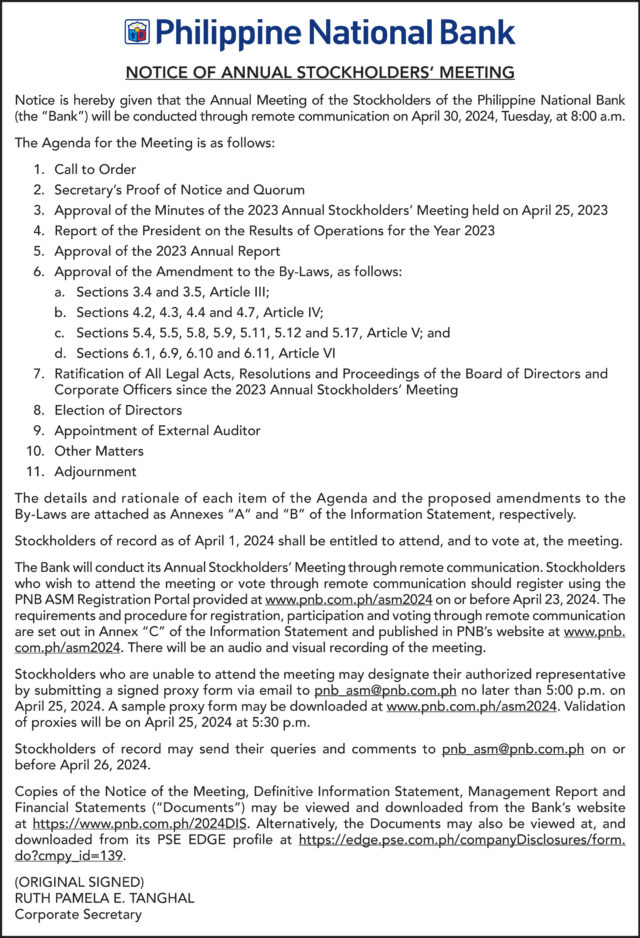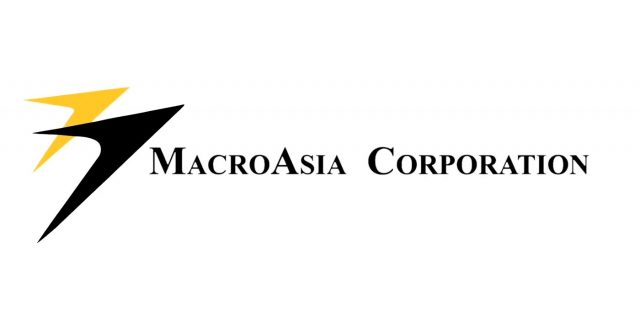A SMALL NUMBER of startups are stepping up to address infertility issues in Japan, where shortages of treatment options plague patients in a country grappling with one of the world’s lowest birth rates.
Yukiko Nakai, one such entrepreneur, spent hours in packed infertility clinics, counting the inefficiencies that exacerbated already long wait times. She soon ran out of her vacation days at work. Her take-home salary fell, while her out-of-pocket medical bills climbed to around ¥10 million ($66,000).
“I was so frustrated, and that feeling was made worse by the uncertainty about whether the treatment would succeed,” said Ms. Nakai, who had always dreamed of a large family. After leaving her managerial role at Yahoo Japan, she founded Arch in 2021, an app developer that helps women’s clinics cut patients’ wait times through digitalization. “The knowledge that you can never regain each moment that passes adds to the stress.”
Demand for infertility treatment is high in Japan, where the number of live births fell for eight straight years to another record low last year. One in 4.4 couples in Japan has undergone tests or treatment for infertility, and the number of babies resulting from assisted reproductive technologies such as in vitro fertilization stood at one in 11.6 in 2021. The country is home to the world’s second-highest number of assisted reproductive technology cycles after China, according to the International Committee for Monitoring Assisted Reproductive Technologies.
Next week marks two years since Japan expanded public health insurance coverage to include a small number of infertility treatments. That stamp of approval is spurring even more demand and causing chronic shortages in hormonal drugs such as Duphaston, Provera and Norluten, according to the Japan Society of Obstetrics and Gynecology.
It’s also propelling bigger sums of money into startups that until recently struggled to grab the attention of venture capital funds.
Tokyo-based Varinos raised ¥600 million in a Series C funding round in 2022, lifting the total amount raised to ¥1.1 billion. Founder Yoshiyuki Sakuraba, who once worked at US gene-sequencing firm Illumina, Inc., previously had little success sparking investor interest in a startup that focuses on the uterine bacterial microbiome for clues for successful births.
Instead, he received financing from his network within the medical community to build a laboratory equipped with genome analyzers, each costing tens of millions of yen, and reagents costing several hundred thousands of yen per test.
“I didn’t even know how to prepare a pitch deck,” Mr. Sakuraba said, noting that only a tiny number of Japanese startups seek to combine business with genomic research, even though the overall level of research is high. “At first, none of the VCs I approached were interested.”
Backed by 19 studies that link endometrial microbes with IVF outcomes, Varinos now offers tests and in some cases supplements at 350 medical institutions nationwide. The company has overseen more than 30,000 tests, whose out-of-pocket costs come to around ¥50,000 each.
With those funds in hand, Varinos plans to expand overseas, where its rivals include startups like Spain’s Igenomix SL.
Momentum is growing throughout Japan’s femtech arena, which market research firm Yano Research Institute estimates to have grown to ¥74 billion in 2023, almost 30% more than what it was four years earlier.
“Fertility is one of the most urgent issues Japan faces, and we expect this will be addressed by new technologies and policies,” said Tomotaka Goji, chief executive officer of University of Tokyo Edge Capital Partners, an investor in Arch.
The potential payout is high. Some 43% of female infertility patients in Japan are over 40, compared with 29.4% in Italy and 22.2% in the US, according to Japan’s Health, Labour and Welfare Ministry. That leads to lower success rates, but also bigger demand and spending power.
“By seeing a fertility doctor in one’s early 30s, patients can start treatment years earlier,” said Ms. Nakai, the founder of Arch. “It’s important to raise awareness early.”
The expansion of insurance coverage to include infertility treatments may mean a further increase in patients, said Shimon Kazama, a consultant at Mizuho Research & Technologies. The government’s stance raises public awareness and made it socially acceptable to receive such care, and efforts encouraging younger men and women to seek help may accelerate, he said.
Hurdles remain for tech startups focusing on infertility treatments, however. There’s a dearth of go-betweens to coordinate communication between medical professionals and startups, according to Mr. Kazama.
Ms. Nakai spoke to about 100 doctors before she could find a partner who was open to digitalization. In 2022, Arch-affiliated Torch Clinic opened in Tokyo, featuring an app that helps doctors and patients access medical records, leading to shorter consultations and wait times.
Also necessary is more backing from corporations for women who undergo infertility treatment, which can take months, if not years. Over one-third of women the health ministry surveyed in 2017 left or changed their employment status due to difficulties in balancing treatment and work.
“My experience was so painful,” Ms. Nakai said. “There is so much we can do to increase the options for patients.” — Bloomberg News













